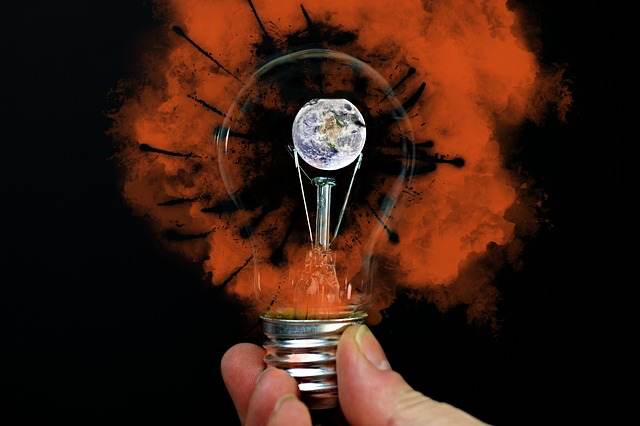KCC launches climate conditioned catalogs for hurricanes, floods, and wildfires

Catastrophe risk modelling specialist Karen Clark & Company (KCC) has announced the launch of complete stochastic climate-conditioned catalogs for the weather-related perils its sees as the most impacted by climate change, hurricanes, floods, and wildfires.
There are five associated climate catalogs for each peril, reflecting climate projections out to 2025, 2030, and 2050.
In addition there are three separate views for 2050, representing alternative emissions scenarios provided by the Intergovernmental Panel on Climate Change (IPCC).
“Last year, the IPCC released its Sixth Assessment Report (AR6),” Dr. Daniel Ward, KCC Director, Model Development said. “The scientific consensus is global warming is impacting hurricanes, floods, and wildfires, and for the first time in AR6, the scientific community has indicated high confidence around projections of frequency and severity. Now scientists have the information required to project future activity and losses.”
KCC’s team has undertaken extensive research and analysis into how warming sea and air temperatures are impacting the frequency and severity of events, including their future loss potential for the insurance and reinsurance industry.
In addition to projecting future losses and how climate change will influence losses from these perils, the KCC Reference Models also incorporate the impacts of climate change to date on current losses.
“Our clients are already using this valuable information for strategic planning and ESG reporting,” explained Christopher Mossey, KCC Vice President, Business Development. “The KCC numbers inform (re)insurers not only of the potential loss increases, but also changes in the shape of their Exceedance Probability (EP) curves. For example, for a particular scenario, the PML may go up by 10 percent while the lower return periods increase by 20 percent or more. This is particularly important for reinsurance purchasing and pricing.”
“Climate change is increasing the chances of $20, $30, and $40 billion industry losses because in general events are becoming more severe,” Dr. Ward added. “For example, climate changes is leading to more intense hurricanes and an increasing proportion of major—Category 3, 4, and 5—storms. Wildfires are becoming more frequent and burning larger areas due to the increasing Vapor Pressure Deficit (VPD). Scientific research as well as recent experience have confirmed these trends.”
The KCC climate conditioned catalogs will be updated each year to stay current with the science and atmospheric changes, the company said.
“This is yet another example of how KCC modeling experts stay at the forefront of knowledge to make sure our clients can leverage the most current science,” Karen Clark, KCC CEO also said. “These future views of risk are efficient for our clients to use and keep them ahead of the curve on requirements from their own internal and external stakeholders, including investors and regulators.”
Having another set of climate conditioned loss catalogs will be extremely useful to the insurance, reinsurance and ILS industry, as participants look to better understand how climate change can influence losses across peak industry perils.






